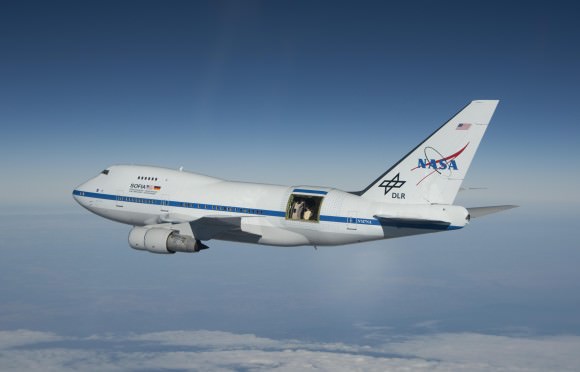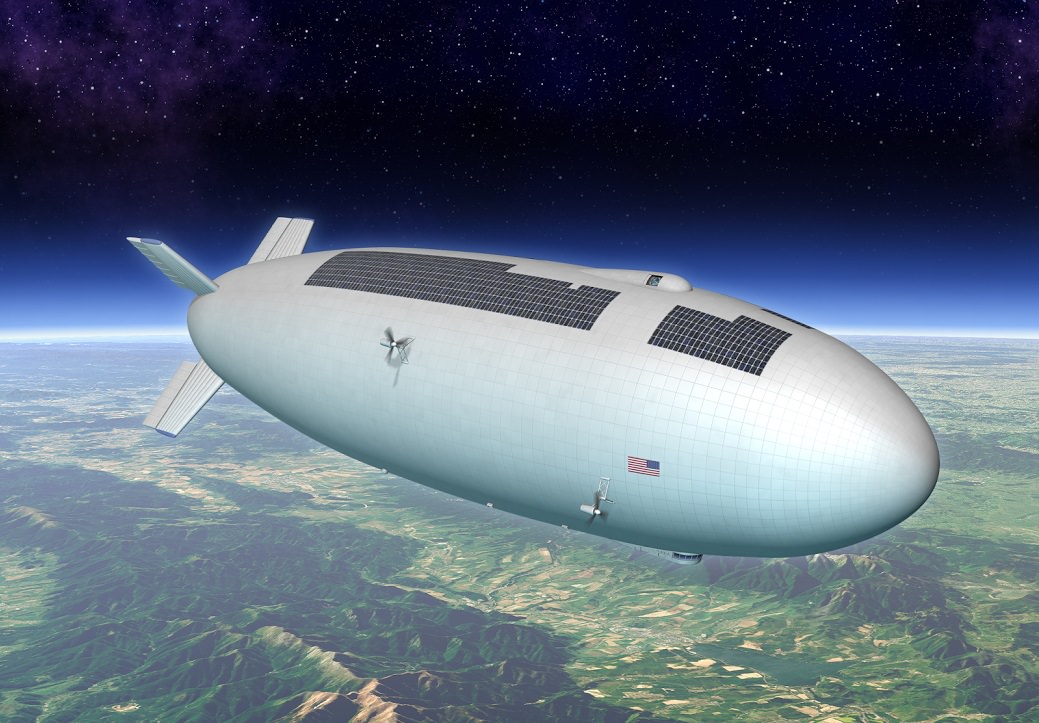Dreams of space are often tied to jet engines or solar sails or taking a ride on a rocketship. But it’s often quite efficient to do research from Earth, especially from the high reaches of the atmosphere where there are few molecules to get in the way of observations.
NASA wants to do more of this kind of astronomy with an airship — but at an extreme height of 65,000 feet (20 kilometers) for 20 hours. No powered-airship mission has managed to last past eight hours at this height because of the winds in that zone, but NASA is hoping that potential creators would be up to the challenge.
This isn’t a guaranteed mission yet. NASA has a solicitation out right now to gauge interest from the community, and to figure out if it is technically feasible. This program would be a follow-on to ideas such as SOFIA, a flying stratospheric telescope that the agency plans to defund in future budgets.
Their goal is to fly an airship with a 44-pound (20-kilogram) payload at this altitude for 20 hours. If a company is feeling especially able, it can even try for a more difficult goal: a 440-pound (200-kilogram) payload for 200 hours.

“We are seeking to take astronomy and Earth science to new heights by enabling a long-duration, suborbital platform for these kinds of research,” stated lead researcher Jason Rhodes, an astrophysicist at NASA’s Jet Propulsion Laboratory in California.
And why not just use a balloon? It comes down to communications, NASA says: “Unlike a balloon, which travels with air currents, airships can stay in one spot,” the agency states. “The stationary nature of airships allows them to have better downlink capabilities, because there is always a line-of-sight communication.”
If the prize goes forward, NASA is considering awarding $2 million to $3 million across multiple prizes. You can get more on the official request for information at this link.
Source: NASA

